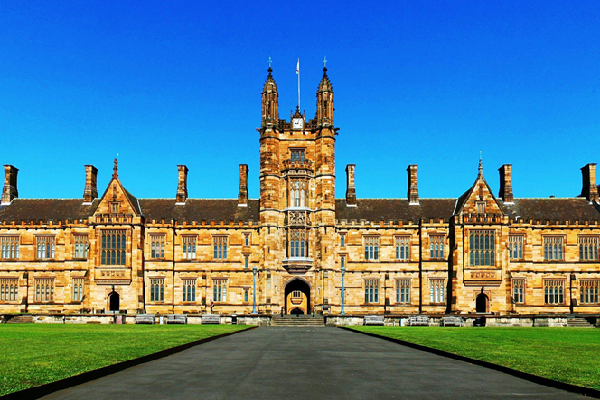Test Drive Successful Of A Student-built Car
A race car designed and built by a team of undergraduate students will this week compete at the Formula Society of Automotive Engineers competition, an international student motorsport race held in Victoria.
A formula-style race car designed and built by a team of undergraduate students at the University of Sydney has completed a successful test drive at the University’s Arthursleigh Farm, achieving a maximum speed of 112km/ph.
The successful test inks the Sydney Motorsport team’s participation in this week’s 2022 Formula Society of Automotive Engineers competition — an international race held annually at Winton Motor Raceway, Victoria.
The race car named ‘SM20’ is a bespoke, go-kart-sized vehicle which features a custom motor, frame and finishes designed and built from scratch using modern 3D printing and composite techniques. It is the team’s lightest competition vehicle yet, weighing in at only 180kg.
Team Principal, Biomedical Engineering and Computer Science student Jan Lee said: “Today’s result is testament to the hard work of each individual team member of Sydney Motorsport. We can’t wait to try to replicate this again at Winton next month.”
“In addition to our studies, this year we have worked incredibly hard to help grow and improve the team. Sydney Motorsport now stands at over 90 members, which has expanded our capabilities and diversity.”
Chief Engineer, Bachelor of Aerospace Engineering and Computer Science student Nathan Belzycki said: “We’ve spent countless early mornings and late nights working on this project. After hours of manufacturing, finally seeing our car drive has been an amazing experience. I have forged friendships and developed many skills which I’m sure I will carry with me beyond Sydney Motorsport.”
The student have learnt learnt about teamwork and managing a business.
With financial support from the School of Aerospace, Mechanical and Mechatronic Engineering, the Faculty of Engineering and industry sponsors, the car was developed over 2021-22 at the University’s mechanical engineering workshop. It was also tested at the University’s farm and research facility in Marulan, NSW which includes an automotive workshop and tarmac. The Sydney Manufacturing Hub also provides the team with ongoing 3D metal printing support.
“Our team is extremely grateful for all the support received from our various sponsors with special mention to the University of Sydney’s Chancellor’s Committee, CH Warman Group and Vinta,” said Jan.
United by a passion for motorsports and engineering, the team is comprised of students from a wide range of disciplines including engineering, science, law and business. The one-track mind team is divided into one business department and three engineering departments (dynamics, structures and electrical).
The Sydney Motorsport team.
Paul Briozzo, team supervisor and academic in the School of Aerospace, Mechanical and Mechatronic Engineering said: “Each year, Sydney Motorsport gives students the experience of being involved in a large, complex interdisciplinary project.”
“Not only is it a great opportunity for students to develop their engineering skills and put classroom theory to practice, it also allows students to develop transferable skills, such as management, organisation and teamwork — skills which will no doubt serve them well in their future careers.”
One of the drivers, Jacob Wolf, Bachelor of Aeronautical Engineering Student said: “The cars is like nothing I’ve ever driven. It’s so light, the responsiveness is unreal, and you have complete control over every movement it makes.”
The competition is the first to be held since 2019, having taken a back seat due to the pandemic. Sydney Motorsport will also shift gears in 2023, with the students developing their first electric-powered vehicle.
“Next year we race our final combustion vehicle and commence building our first electric car,” said Jan.
“We’re so excited to take on this next challenge — electric is the way the automotive world is going, and we will use our next competition vehicle to augment our learnings in electronics and mechanical design.”

